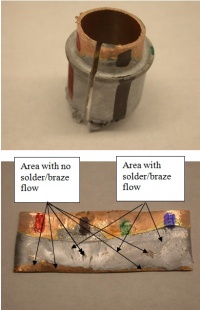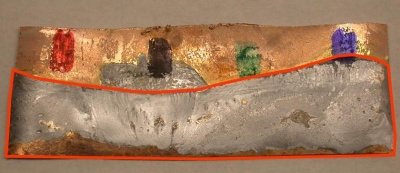News and updates
Some users expressed the need for longer evaluation time, so I extended the trial period for Pixcavator from 10 to 30 days. Also, for the users who are having trouble with installation and registration, for a number of reasons (firewall etc), please try the Student Edition. It requires no installation and can be freely copied.
The site, Computer Vision Primer, has been growing and has reached 379 pages with 1,018 illustrations. In particular, the transcription of the Vector Calculus course that I taught 2009/10 has recently started. Two lecture sets are finished (about 20% of the total) and the third is on the way.
The NSF summer REU program has started. These are the two projects that I will supervise:
- The topology of data by Joseph Snyder; and
- 3D image analysis by James Molchanoff.
Digital discoveries
- Casinos Not On Gamstop
- Non Gamstop Casinos
- Casino Not On Gamstop
- Casino Not On Gamstop
- Non Gamstop Casinos UK
- Casino Sites Not On Gamstop
- Siti Non Aams
- Casino Online Non Aams
- Non Gamstop Casinos UK
- UK Casino Not On Gamstop
- Non Gamstop Casino UK
- UK Casinos Not On Gamstop
- UK Casino Not On Gamstop
- Non Gamstop Casino UK
- Non Gamstop Casinos
- Non Gamstop Casino Sites UK
- Best Non Gamstop Casinos
- Casino Sites Not On Gamstop
- Casino En Ligne Fiable
- UK Online Casinos Not On Gamstop
- Online Betting Sites UK
- Meilleur Site Casino En Ligne
- Migliori Casino Non Aams
- Best Non Gamstop Casino
- Crypto Casinos





